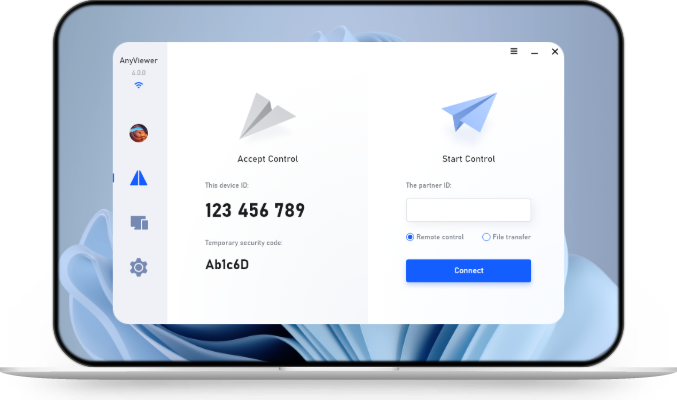Resolving "The Remote Device Won't Accept the Connection" Issue on Windows 11
Dive into the complexities of Windows 11 connection issues, explore solutions to overcome challenges, and discover why AnyViewer stands out as the best choice for remote desktop. Ensure a hassle-free remote experience on your Windows 11 device.
Introduction
In the realm of remote desktop solutions, achieving a reliable connection is paramount, especially for users navigating the intricacies of Windows 11. Let's delve into the common challenge users face—the notorious "The remote device won't accept the connection Windows 11" error—and explore effective solutions to overcome this hurdle.
Understanding Connection Issues in Windows 11
Common Problems Users Face
Users often find themselves frustrated when greeted by the ominous message, "The remote device won't accept the connection Windows 11." Beyond being an inconvenience, this issue can significantly hamper productivity, making it crucial to address promptly.
Exploring Causes Behind the Connection Issue
Digging into the roots of this problem unveils two primary suspects—Windows 11 security settings and network configurations. Understanding how these factors contribute to connection challenges is the first step toward resolution.
Solutions to Overcome Connection Challenges
Tweaking Windows 11 Security Settings
A step-by-step guide awaits those seeking to navigate the labyrinth of Windows 11 security settings. By making strategic adjustments, users can pave the way for smoother remote connections without compromising system integrity.
Optimizing Network Settings
Delve into the world of router configurations, firewalls, and antivirus software. Uncover the secrets to fine-tuning these network components, ensuring they align seamlessly with your Windows 11 device.
AnyViewer: The Ultimate Remote Desktop Solution
Overview of AnyViewer
Amidst the myriad of remote desktop solutions, AnyViewer emerges as a beacon of reliability. Its cross-platform compatibility and user-friendly interface make it a standout choice for users seeking a seamless connection experience.
Features that Make AnyViewer Stand Out
Crossing platform boundaries effortlessly and boasting an intuitive setup, AnyViewer shines as the go-to option for those tired of grappling with connection woes.
Steps to Use AnyViewerfor a Seamless Connection
Step 1. Download and Installation Process
Embark on a hassle-free journey with AnyViewerby following the straightforward download and installation process. The simplicity of this initial step sets the tone for an overall user-friendly experience.
Step 2. Log In to the Ame AnyViewer Account
Create an AnyViewer account on any device, and then log in to the account on another device.
Step 3. Establishing a Connection
Navigating the potential pitfalls of remote connections is made easier with AnyViewer. Troubleshooting tips ensure that even novices can overcome hurdles and establish a seamless connection with ease.
Conclusion
In the intricate landscape of Windows 11 connection issues, the key to unlocking a seamless experience lies in understanding the problems and choosing the right solution. AnyViewer, with its user-friendly interface and cross-platform compatibility, emerges as the ultimate choice. Bid farewell to connection woes and embrace a new era of remote desktop reliability.
FAQs
- Is AnyViewer compatible with older versions of Windows?
AnyViewer boasts compatibility with a wide range of Windows versions, ensuring users with diverse setups can enjoy its benefits.
- Can AnyViewer be used for personal as well as professional purposes?
Absolutely! AnyViewer caters to both personal and professional needs, offering a versatile solution for various remote desktop requirements.
- How does AnyView ensure the security of remote connections?
AnyViewer employs robust security measures, including end-to-end encryption, to safeguard remote connections and protect user data from potential threats.

